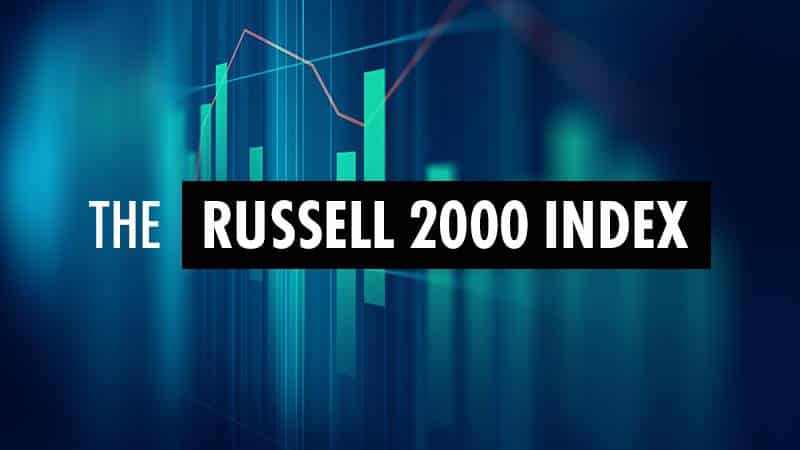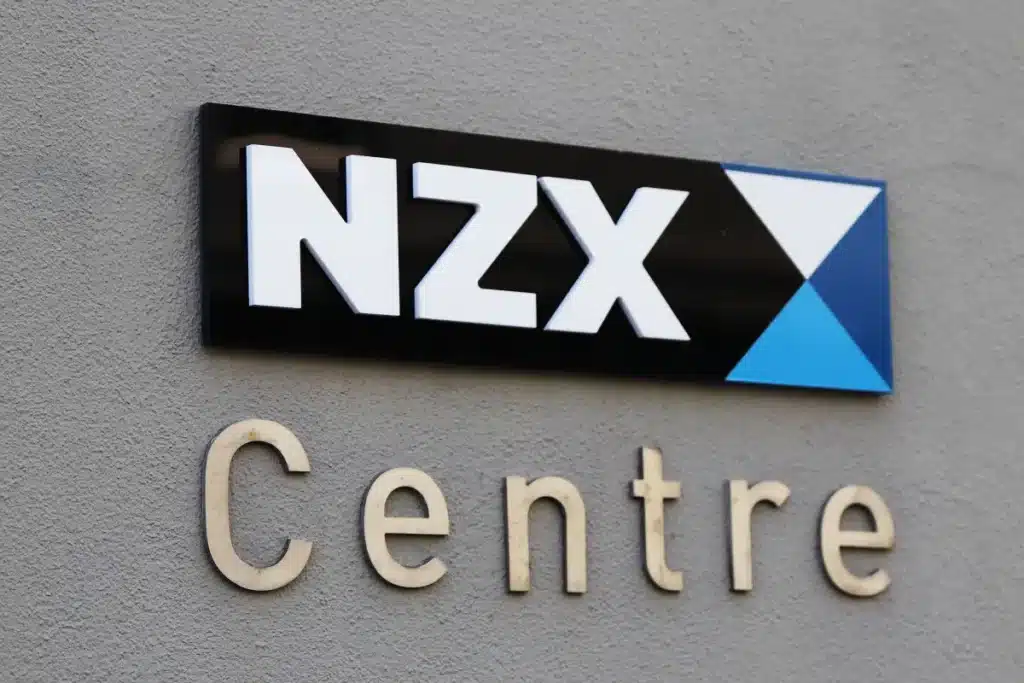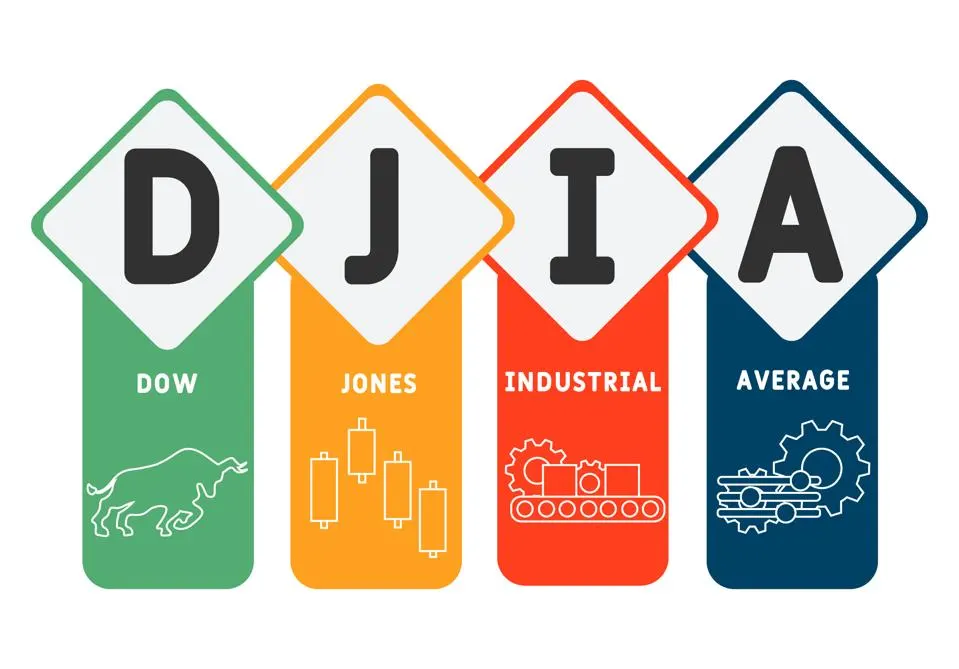U.S.-China Trade Agreement: A New Chapter in Economic Relations
In a move that has grabbed headlines and catalyzed dramatic market reactions, the United States and China have successfully negotiated a new trade agreement, marking a significant step forward in the economic relationship between the two superpowers. The central feature of the agreement is a substantial lowering in tariffs, a change that promises to ease tensions and boost trade between the world’s two largest economies.
The trade agreement, announced in the early hours of May 12, 2025, has already made waves in the financial markets. Most notably, U.S. stock futures surged on the news, reflective of the optimism that businesses and investors alike are holding regarding the possible softening of recent trade barriers. This optimism stems from hopes that reducing tariffs will lead to increased economic activity and bolster both economies during these challenging times.
Impact on Markets and Currencies
The immediate market reaction was swift and palpable. Beyond the excitement on Wall Street, there has been a noticeable impact on currency markets. The U.S. dollar gained strength as news of the agreement circulated, causing ripple effects that saw the euro and yen taking a hit. This reflects investor confidence in the U.S. market post-agreement, likely driven by the anticipation of a more stable and predictable trading environment.
Moreover, the announcement has provided a welcome relief to sectors that had been heavily tariffed, igniting renewed confidence in related industries. Companies with significant exposure to China are expected to benefit, potentially leading to higher earnings and increased competitiveness on a global scale.
Looking Ahead: CPI and Economic Indicators
As we move further into the week, all eyes are also on the upcoming Consumer Price Index (CPI) data. This release will provide essential insights into inflation rates, which have been a point of concern and discourse among economists and policymakers. Analysts are particularly interested in how the new trade agreement might influence inflationary trends, especially if there is a surge in cross-border trade activity.
The CPI figures will be crucial for investors looking to understand the next steps from the Federal Reserve, particularly in the context of interest rates and monetary policy. A softer stance on inflation could reinforce the positive sentiments seen today, while any surprises in the data might reshape current forecasts.
Conclusion
In conclusion, the U.S.-China trade agreement signals a potential new era of cooperation that could lead to increased economic vitality and enhanced market stability. While the headlines today are dominated by this breakthrough, the ramifications will be felt in numerous ways in the coming months. Investors and traders will certainly be keeping a close watch on follow-up economic indicators, such as the CPI, to better gauge the full scope of this pivotal development.
For now, though, there is a palpable sense of optimism and opportunity as America and China step into this new chapter of economic partnership. As always in the realm of investments, staying informed and prepared will remain the key pillars to navigating these dynamic shifts.
Today’s Top Analysis: Key Insights into the Financial Markets
In today’s ever-evolving financial markets, understanding the driving forces behind market movements is crucial for any investor. Our top analysis for May 12, 2025, delves into significant factors shaping market trends this week. Let’s dive into some of the noteworthy analyses without being tied to AI-generated speculative news and figures.
Stocks Week Ahead: Technical Patterns and Inflation Risks Shape Market Outlook
Technical patterns are crucial tools for investors aiming to predict market trends based on historical price action. This analysis brings into focus the potential roadmap for stocks in the week ahead, emphasizing how technical indicators and inflation risks are coalescing to shape the market outlook.
With inflation continuing to make headlines, investors are keeping a close watch on how it influences not only consumer prices but also how companies are navigating these new waters. As inflation creeps in, it often leads to adjustments in interest rates by central banks, which can ripple through the entire market.
Market Optimism Builds on Weak Signals While Smart Money Reduces Risk
This analysis sheds light on the paradox of rising market optimism despite looming uncertainties. The term “smart money” typically refers to seasoned or institutional investors known for making strategic moves. As this segment reduces its risk exposure, it signals a cautious approach to the underlying market signals that appear weaker than the prevailing optimism might suggest. Understanding this dynamic can help individual investors calibrate their strategies, especially when optimism appears detached from fundamental indicators.
5 featured stocks in 2025
Warren Buffett: What Does It Mean to Be the ‘GOAT’ of Wall Street?
The legendary investor Warren Buffett, hailed as the ‘Greatest of All Time’ (GOAT) in investing circles, continues to be a topic of fascination. This piece explores his investment philosophies and strategies that have consistently outperformed the market.
Buffett’s approach is rooted in fundamental analysis—thoroughly understanding a company’s business model and intrinsic value before committing to an investment. For investors, embracing a value-oriented strategy inspired by Buffett could mean focusing on companies with strong financials and solid growth potential, rather than those merely in vogue at the moment.
USD/CAD: Trade Optimism Fuels Canadian Dollar’s Breakout Bid
The currency markets are reacting to evolving trade landscapes, notably between major players like the United States and Canada. This analysis highlights how trade optimism, particularly from finalized agreements and lower tariffs, is providing a boost to the Canadian dollar (CAD) against the US dollar (USD).
Currency traders are attuned to these geopolitical shifts, making it essential to understand how changing trade dynamics impact currency valuations. For investors in commodities tied to the CAD, such as oil, these movements present opportunities and risks that should be carefully examined.
These analyses offer invaluable insights for investors seeking to navigate the complexities of today’s financial markets. By understanding technical patterns, monitoring signals from strategic investors, drawing lessons from industry legends, and staying informed on geopolitical trade dynamics, you can make more informed investment decisions.
In these fluctuating times, staying informed through credible, well-rounded analysis will always be a key component of sustained investment success.
Today’s Top News
Let’s dive into the major headlines impacting the market today. If you’re looking to navigate the investing landscape effectively, these are the topics you need to keep an eye on.
- U.S., China Agree to Substantially Lower Tariffs
- U.S. Stock Futures Surge as U.S.-China Agree to Trade Deal
- Dollar Surges Higher on U.S.-China Trade Deal; Euro, Yen Hit Hard
- 2025 AI Capex Outlook Remains Strong, Nvidia, Broadcom Top Picks- BofA
- Bitcoin Price Today: Steady Near $104k After US-China Trade Talks; Details Awaited
The latest update from today’s top news is the unprecedented trade agreement between the United States and China to substantially lower tariffs, which has the market buzzing with optimism. This strategic move aims to ease the trading tension that’s troubled global economic markets for several years. The easing of tariffs is expected to bolster economic activities between these two superpowers, providing a boost to global commerce. The potential for a ripple effect positively impacting other international trade agreements is high as well. Keep a lookout for how this decision influences long-term market strategies.
Following this landmark agreement, U.S. stock futures soared. This surge indicates promising optimism among investors who foresee potential growth and profitability as trade barriers are lowered. With more favorable terms now set for economic exchange, American industries in sectors ranging from agriculture to technology could see bolstered performance. It’s a development worthy of attention for anyone seeking insight into future market trends and investment opportunities.
The announcement also saw the dollar surging higher, illustrating its strengthened stance on the international stage. In contrast, the euro and yen saw declines, as the dollar’s rise showcases confidence in the U.S. economy’s capacity to expand following the new trade terms. Currency fluctuations like these underscore the importance of keeping abreast with foreign exchange markets, especially for investors involved in international portfolios.
In light of these changes, it’s crucial to mention key insights on the AI capital expenditure (capex) outlook for 2025. Notably, Nvidia and Broadcom have been highlighted as standout companies expected to benefit from robust AI investments. As technological advancements continue unabated, companies contributing significantly to AI capabilities are positioned for notable growth. This trend stresses the importance of tech stocks in modern investment strategies.
Meanwhile, in the realm of cryptocurrencies, Bitcoin remains steady near $104k, maintaining its value post the trade talks. While digital currency provides alternative investment avenues, it’s reactive to global economic events such as the U.S.-China agreement. Investors should watch for any shifts as more details from the trade talks emerge.
In summary, today’s news provides a snapshot of a potentially transformative period for global markets. Whether it’s the shifting dynamics due to U.S.-China relations or emerging technological sectors, savvy investors need to stay informed and adaptable. As always, thorough research and awareness are key to navigating these complex and ever-changing financial landscapes.








